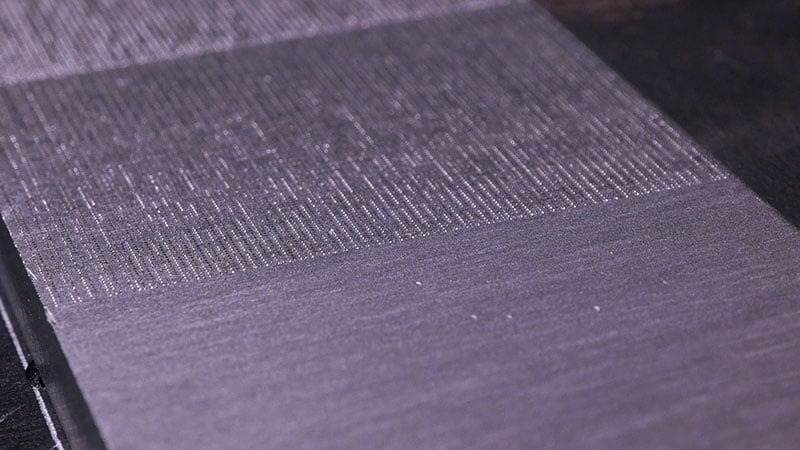
LASER TEXTURING
Laser texturing is a process that alters a material’s surface properties by modifying its texture and roughness. The laser beam creates micropatterns on the surface through laser ablation, removing layers with micrometer precision and perfect repeatability. Typical patterns include dimples, grooves, and free forms.
Laser surface texturing can be used to improve properties like adherence, wettability, electrical and thermal conductivity, and friction. For example, you can increase surface adherence before applying common coatings like adhesives, paint or ceramic. Laser texturing can also be used to prepare surfaces for thermal spray coating and laser cladding as well as to improve the performance of mechanical seals.
A TEXTURING PROCESS WITHOUT CONSUMABLES
Surface treatments like abrasive blasting and chemical etching processes need consumables like steel grits and acid to texture surfaces. Unlike those treatments, the laser texturing process functions without consumables. This results in low operating costs, low maintenance, and improved health and safety in the workplace.
Operators won’t need to handle chemicals, wear protective equipment, and stop operations to replace consumables. Our team will make sure that you have a proper fume extraction system and that your product is class-1 compliant according to international laser safety standards.
|
|
HOW DOES LASER SURFACE TEXTURING WORK?
Laser texturing uses laser ablation to selectively remove materials from specific surface areas. By adjusting the laser’s parameters, we’re able to control how much surface is removed as well as create different patterns. This typically increases roughness, creating surface textures that can easily lodge adhesives and provide additional anchoring surface.
To reach the material’s ablation threshold, pulsed lasers concentrate energy to reach a high peak power. Typically, the pulse duration is 100 nanoseconds, and each pulse contains between 0.5 and 1 millijoules. The time required to texture a surface depends on the material, the desired roughness level, and the laser system’s output power.
LASER TEXTURING APPLICATIONS
ADHESIVE BONDING
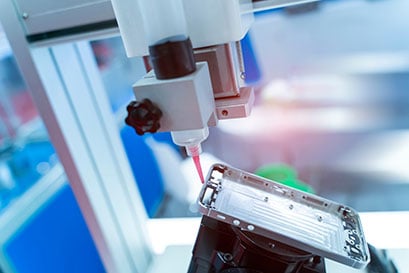
If you need to prepare surfaces for adhesive bonding, laser texturing can be used to obtain robust and predictable bonds without causing surface defects. Unlike alternatives like grit blasting, acid etching and chemical baths, laser texturing does not cause stress, microcracks or chemical changes that can hinder the bond’s strength.
By generating a more important surface area & roughness, laser texturing improves the mechanical interlocking of bonded parts. The result is a bond with improved strength, wettability, and porosity.
MECHANICAL SEALS
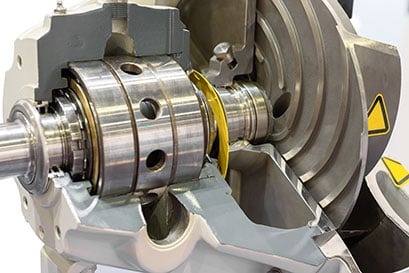
Laser texturing can improve the adhesion of mechanical seals that are subjected to high pressure and friction by texturing their surface with a dimple pattern. This texture has been proven to significantly improve the tribological properties of mechanical seals. Dimples retain lubricants, improve the seal’s durability, and drastically reduce friction.
PAINTINGS & COATINGS
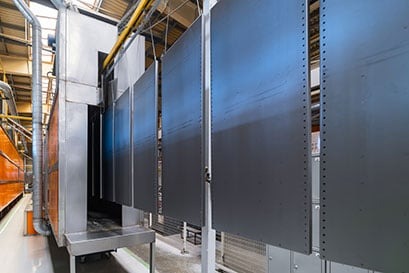
Paint sticks well to surfaces that are clean, rough and wavy. This type of surface can be obtained with laser texturing to drastically improve the paint finish on sheet metal parts, for example.
Laser texturing optimizes paint adhesion and durability by removing surface contaminants and improving the electrostatic bond between the surface and the paint. It also prevents the paint from peeling off by generating a corrosion-resistant oxide layer.
With its high precision, laser technology allows you to obtain consistent paint results. It represents a great alternative to texturing methods like shotblasting, electric discharges and electric beams.
THERMAL SPRAY COATING

Preparing surfaces with laser texturing makes thermal spraying techniques like plasma and cold spraying more efficient. With its high precision and repeatability, laser texturing can generate the optimal surface roughness required for spray coating applications.
This roughness improves the substrate’s wettability, which enhances splat spreading and forms a stronger bond between the coating and the substrate. It also ensures that the coating’s density, porosity, and inclusions are optimal.
If you are treating soft metals like aluminum and magnesium, texturing techniques such as grit blasting and chemical treatments can damage the surface by creating microcracks and inclusions. Laser texturing does not cause those defects. It can even strengthen your parts by laser etching specific patterns that block the propagation of cracks.
LASER CLADDING
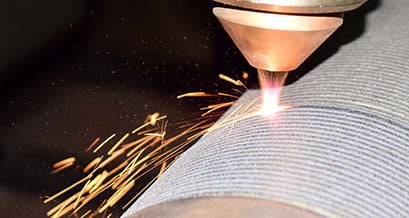
Laser texturing can be used to treat surfaces before laser cladding to enhance the clad material’s adhesion to the surface and thus improve its efficiency. This process uses a laser beam to etch a precise and repeatable textured surface, providing a flawless and consistent surface preparation.
Other surface treatments like abrasive blasting can create surface defects that hinder laser cladding. Our laser texturing technology does not create such defects.